Rapid Assessment of Legacy Pit Restoration Success
The overall goal of this PILOT project is to collect a range of data and develop field, lab, and remote sensing methods to evaluate the level of success of previously rehabilitated sand and gravel pits.
Click here to read full report
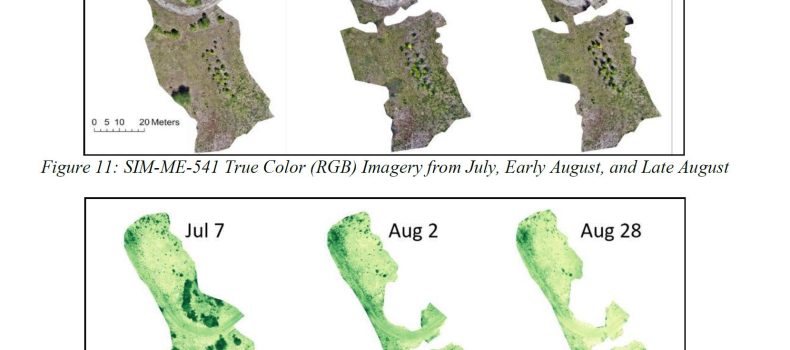
A 40-Year Research and Demonstration Project
The University of Guelph Arboretum was established in 1970 on nearly 400 acres of land that included agriculture, wetlands, old growth forest and in one area, a former gravel pit. The gravel pit site was actively rehabilitated over three years from 1976‐1978. After this time, it was largely left to
naturalize. Forty years later, the Arboretum staff members, began studying the site to assess the effectiveness of the rehabilitation and naturalization process.
Click here to read the full report
Watch the full video
Watch the full video
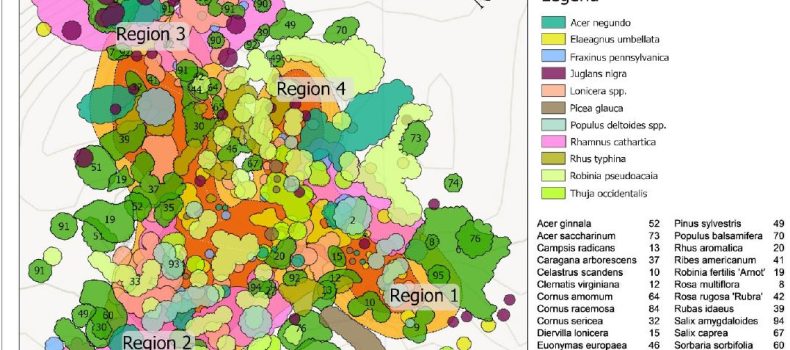
Rapid Ecological Restortation for Aggregate Sites (RERAS) - Final Report
The 4-year study was completed in 2021 and this Final Report summarizes the major research findings of the RERAS project, which TOARC has been funding since 2017. We discovered that translocating topsoil and woody debris from a mature “donor” deciduous forest, requiring removal in preparation for quarrying, to nearby afforested lands rapidly advances the state of understorey succession at recipient sites. The degree of advancement was remarkable at 40-80 year-old conifer plantations featuring canopy gaps.
Click here to download the Full Report (PDF 4.56 MB).
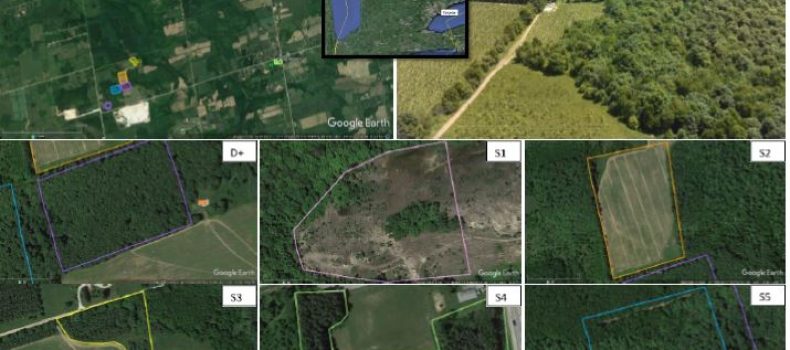
Rapid Ecological Restoration for Aggregate Sites: Replication of Mature Hardwood Forests
Exciting research is being completed at the Walker's Aggregate Duntroon Quarry expansion headed by Dr. Paul Richardson and Dr. Stephen Murphy from the University of Waterloo. They created the Rapid Ecological Restoration for Aggregate Sites (RERAS) study to explore hypotheses that can be experimentally tested and applied to industrial practices. This 4-year study aims at closing the knowledge gaps that make hardwood forest restoration in southern Ontario so slow and uncertain to succeed. This report is a summarized version of the full interim report (PDF 7.25 MB).
Download the Full Report (PDF 4.56 MB).
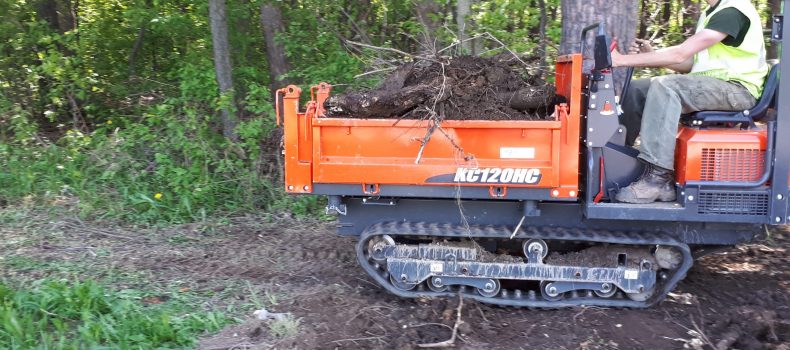
Creating New Alvar Habitat
The term alvar is used to describe a type of natural community, much as we use words like prairie or wetland to describe grassy or moist areas. Alvars are areas of relatively flat limestone bed rock where soils were long ago scraped away by ice, wind and water. Today, alvars thrive where
environmental extremes create naturally open landscapes.
Click here to read full report

Experimental Manipulations of Aquatic Habitat
A collaborative research program between the Management of Abandoned Aggregate Properties Program, Aggregate Producers’ Association of Ontario and Fisheries and Oceans Canada.
Click here to read full report
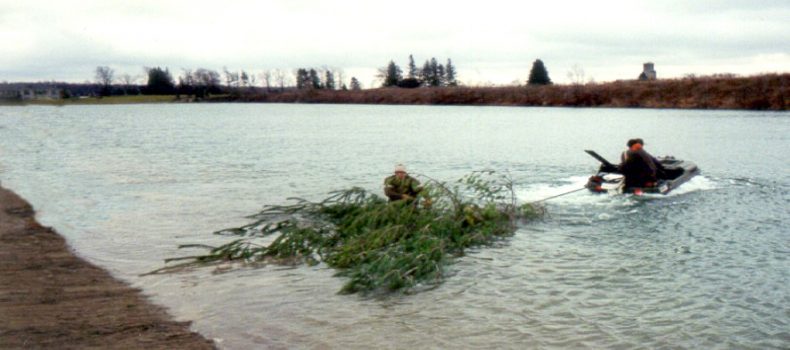
Fletcher Creek
The preparation of this report has been completed as part of the Province’s Species at Risk Stewardship Fund. It has received funding from the province and matching funding from The Ontario Aggregate Resources Corporation (TOARC).
Naturally occuring calcareous fen at the Fletcher Creek Ecological Perserve (Photo Credit: Dr. Mike Waddington)
Click here to read full report
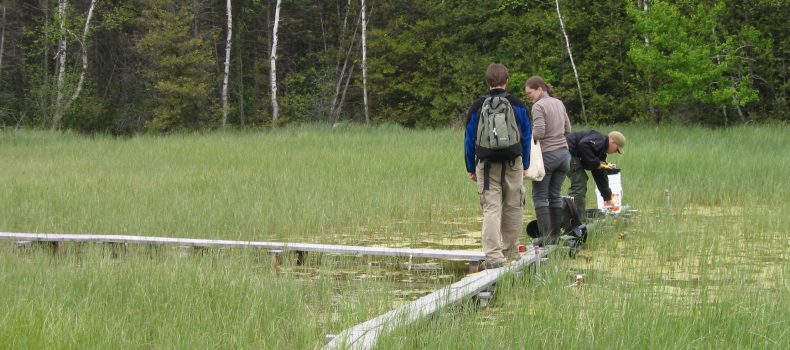
Tallgrass Prairie Restoration within Abandoned Sand Pits in Southern Ontari
This medium-scale field trial is testing several land management strategies to establish tallgrass prairie habitat in an abandoned sand pit in southern Ontario. This project is testing the effect of soil amendments (biochar, compost) and plant symbionts (commercially-available arbuscular mycorrhizal fungi) on native prairie plant survival and growth. Results from this research will be directly applicable to the aggregate industry by devising best management practices for the restoration of tallgrass prairies in southern Ontario abandoned sand pits.
Click here to read full report
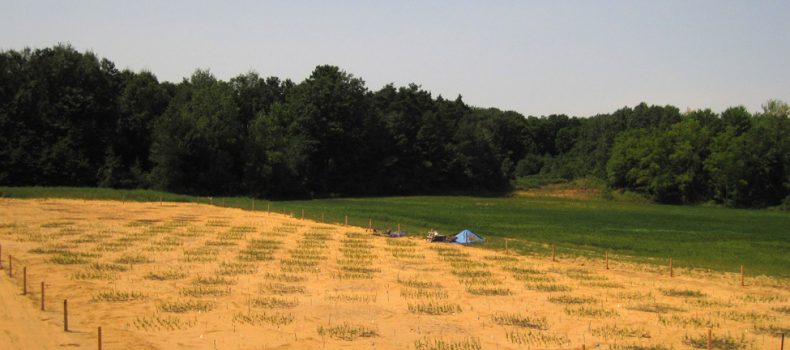
Establishing Alvar Mosses on Quarry Floors
This sixth progress report is submitted as part of the project “Establishing Alvar Mosses on Quarry Floors” which was accepted for funding by the MAAP Program in January 2008. The objectives of this study are to investigate whether targeted species of alvar mosses can successfully establish colonies after the introduction of moss fragments to quarry floors, and to determine which environmental factors at the quarry floor level need to be manipulated or alleviated to allow or enhance moss establishment and growth.
Click here to read full report
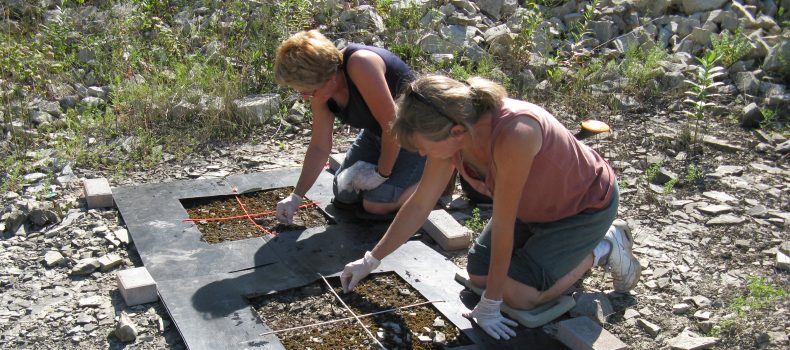
Optimising Ecohydrological Protocols to Enhance Calcareous Wetland Rehabilitation in Abandoned Quarries
Over a three-year period (2005-2007) we evaluated the most cost-effective and efficient trajectory toward this restoration target.
Click here to read full report
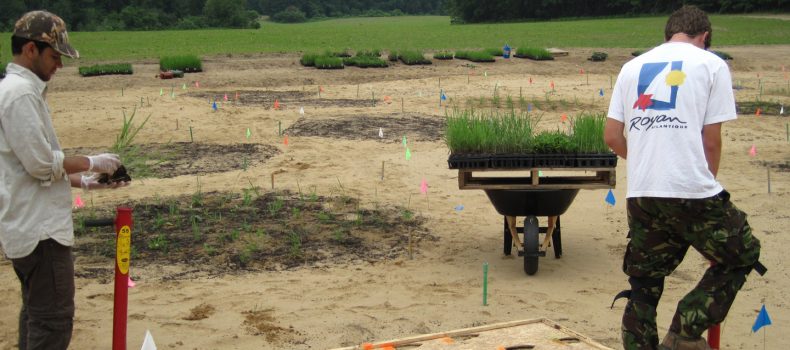
The Feasibility of Mitigating Hardwood Forest Removal through Afforestation of Farmland
When it comes to mitigating impacts of resource extraction, it can literally be difficult to see the forest through the trees. The science of growing trees is well-developed, but we have yet to master replacement of many other aspects of forest ecosystems, of equal or even greater import than the trees.
Click here to read full report
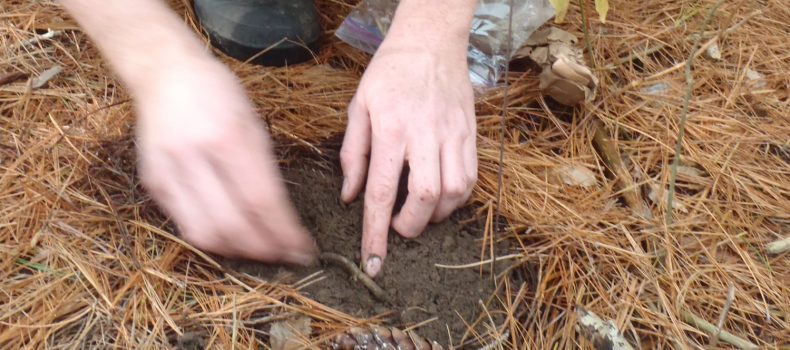
TOARC / MAAP RESEARCH
Agriculture
Forests
Naturalization
Lakes + Ponds + Wetlands
TOARC in the News
Species at Risk + Vulnerable Habitats
Rehabilitation

